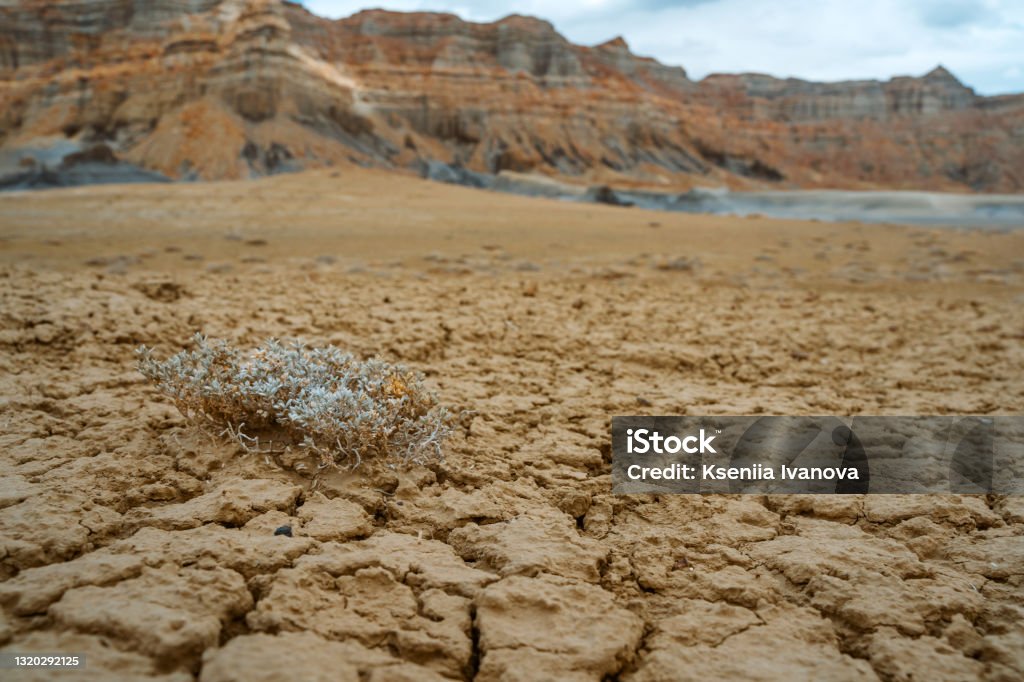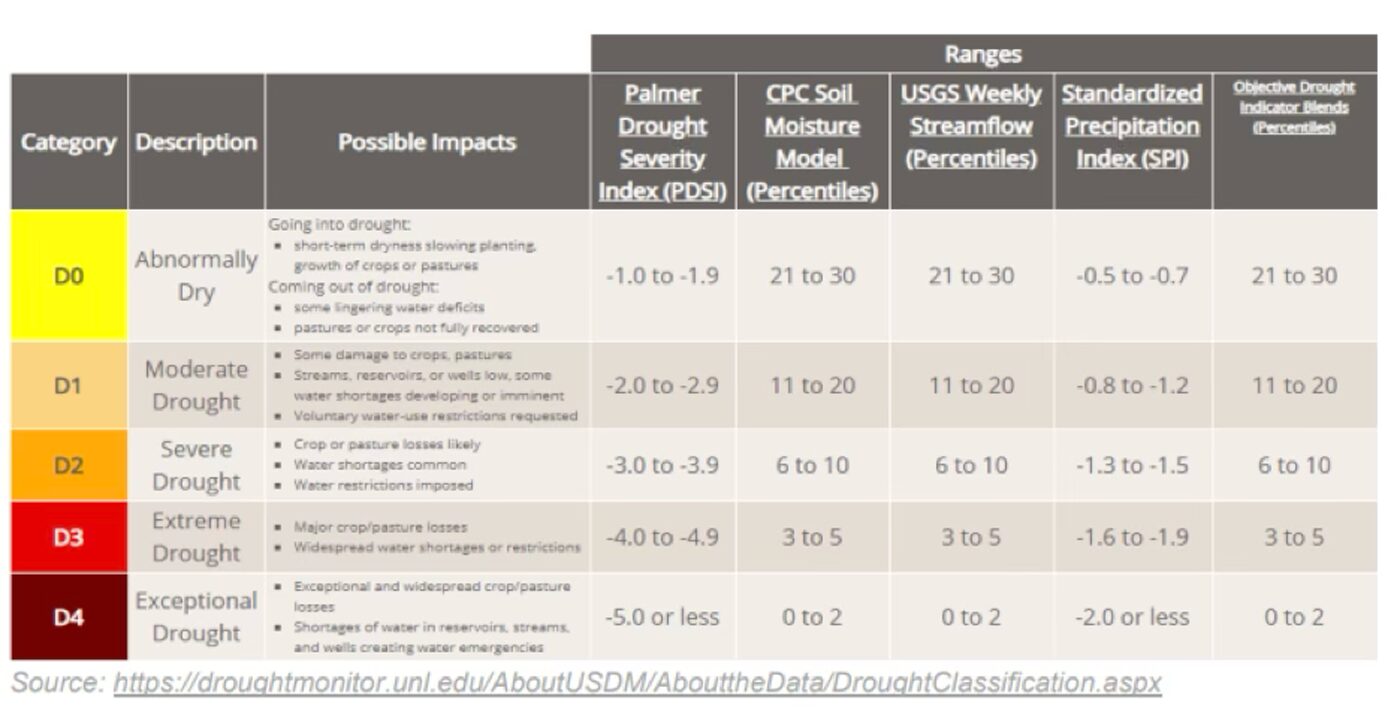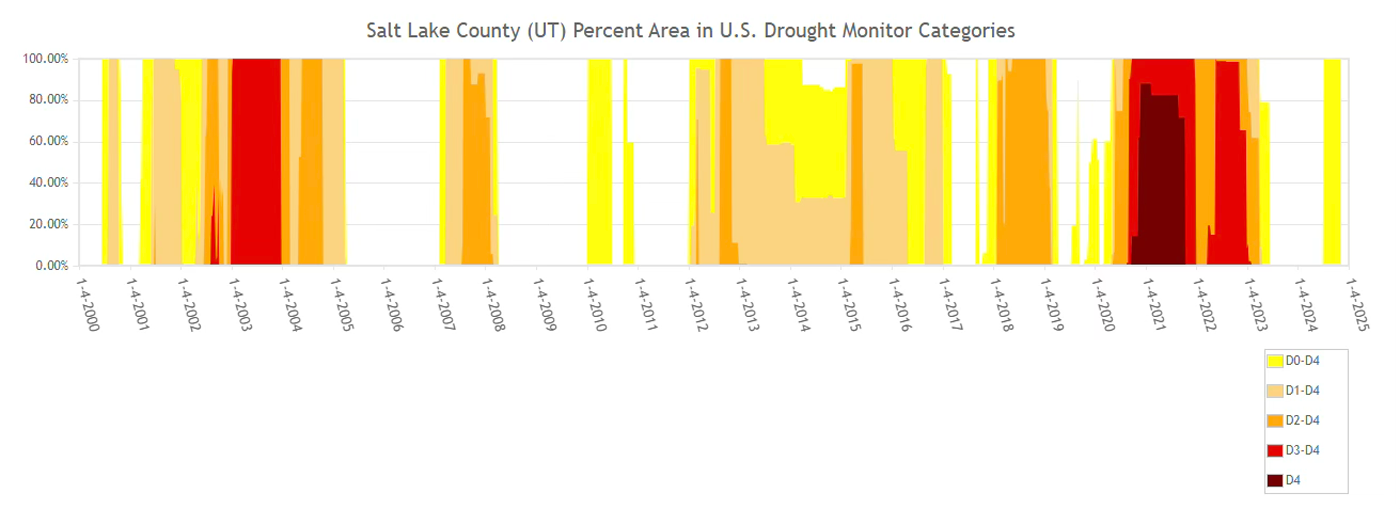
Drought
- Overview
- Civil Disturbance
- Drought
- Dam Failure
- Hazardous Materials Incident
- Public Health Epidemic/Pandemic
- Radon
- 2023 Achievements
- Sandbag Disposal
- About Us
- Activation History
- Leadership
- Partners We Work With
- Be Prepared
- 12 Ways To Prepare
- Family Communication Plan
- Preparedness for Older Americans
- Access & Functional Needs
- Pet Preparedness
- Earthquakes
- Wildfires
- Extreme Weather
- Terrorism Attacks
- Fireworks
- Emergency Alerts & Warnings
- Be Ready Business
- Helpful Resources
- Courses Available to the Public
- Emergency Response Plans
- Documents and Projects
- Additional Resources
- Local Emergency Planning Committee
- Contact Us
- Emergencies/Incidents
- Emergency Dashboard
- FAQ
- For Emergency Professionals
- Emergency Management Resources
- Calendar of Events
- Professional Training & Courses
- IPAWS
- Crisis Track
- Home
- If You See Something, Say Something
- Privacy Policy
- Site Map
Drought
Drought is a deficiency of precipitation over an extended period of time, resulting in a water shortage. Although variation in the amount of precipitation recorded each year is normal, a drought is beyond these norms in terms of low precipitation for an extended period or over a large area.
Although the agricultural community is usually the most heavily impacted by drought, times of extended drought can have direct and indirect impacts on economic, social, or environmental sectors as well. When this occurs and drought begins to affect the general population, reservoirs, wells, and aquifers are often low, and conservation measures are required.

Some forms of water conservation are:
- water-use restrictions
- implementation of secondary water
- water recycling
- xeriscaping
Other conservation options include emergency water agreements with neighboring water districts or transporting water from elsewhere.


The secondary hazard with drought is wildfire.
A prolonged lack of precipitation dries out vegetation, which becomes increasingly susceptible to ignition as the duration of the drought extends.
This can result in a loss of forests and trees, increasing erosion and causing severe damage to aquatic life, irrigation, and power development by heavy silting of streams, reservoirs, and rivers.
Droughts can also create the conditions for dust storms, which decrease the air quality that humans and animals breathe. Low stream flows can create high temperatures, oxygen depletion, disease, and a lack of spawning areas for fish resources. Often, drought is accompanied by extreme heat. When temperatures reach 90ºF and above, people are vulnerable to sunstroke, heat cramps, and heat exhaustion. Pets and livestock are also vulnerable to heat related injuries.